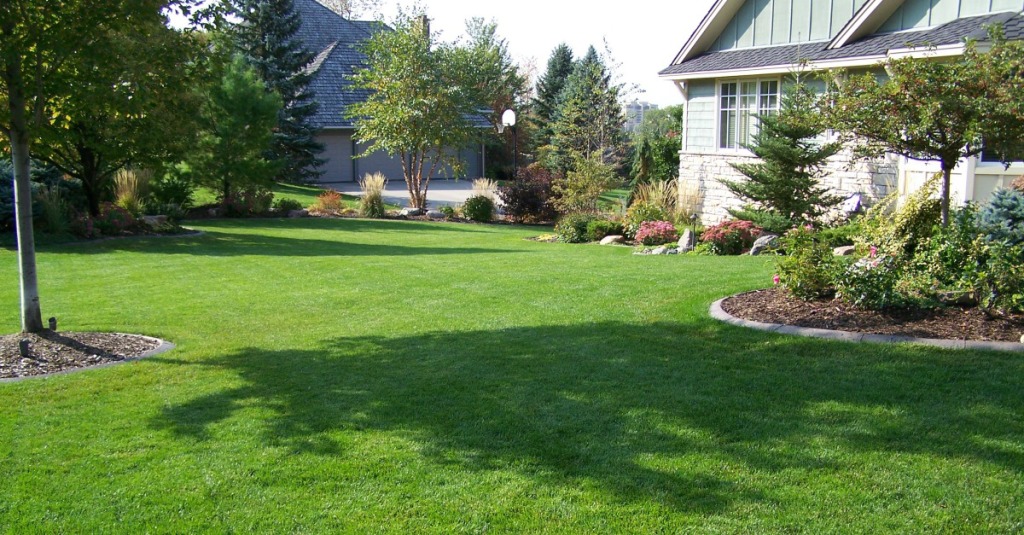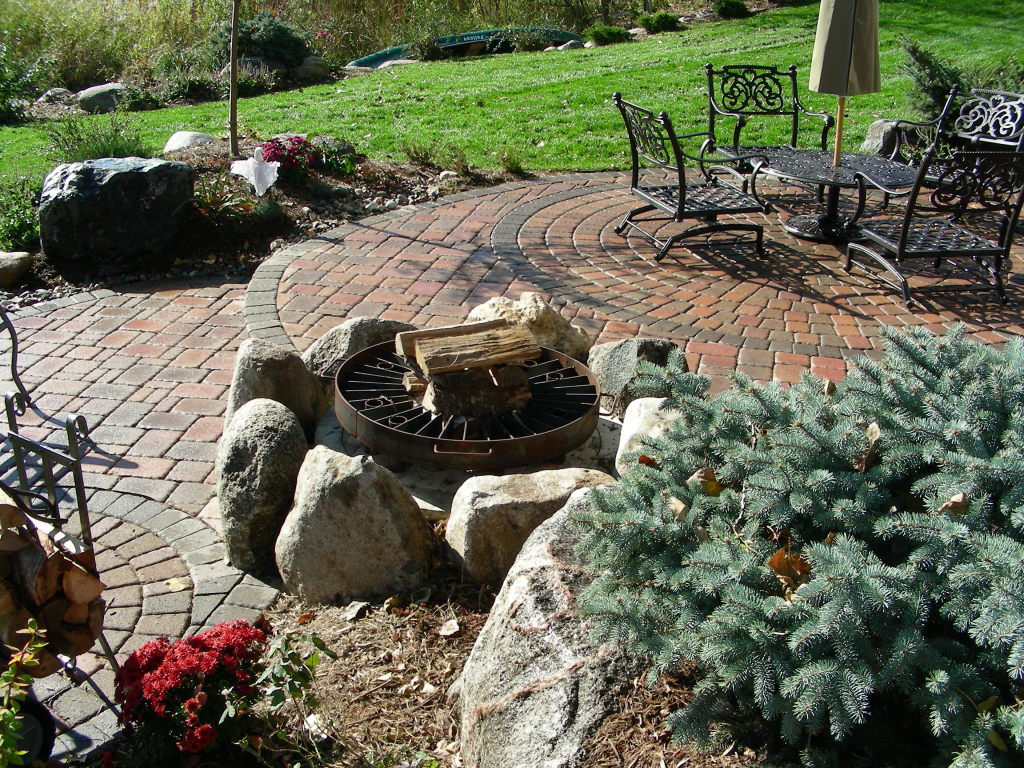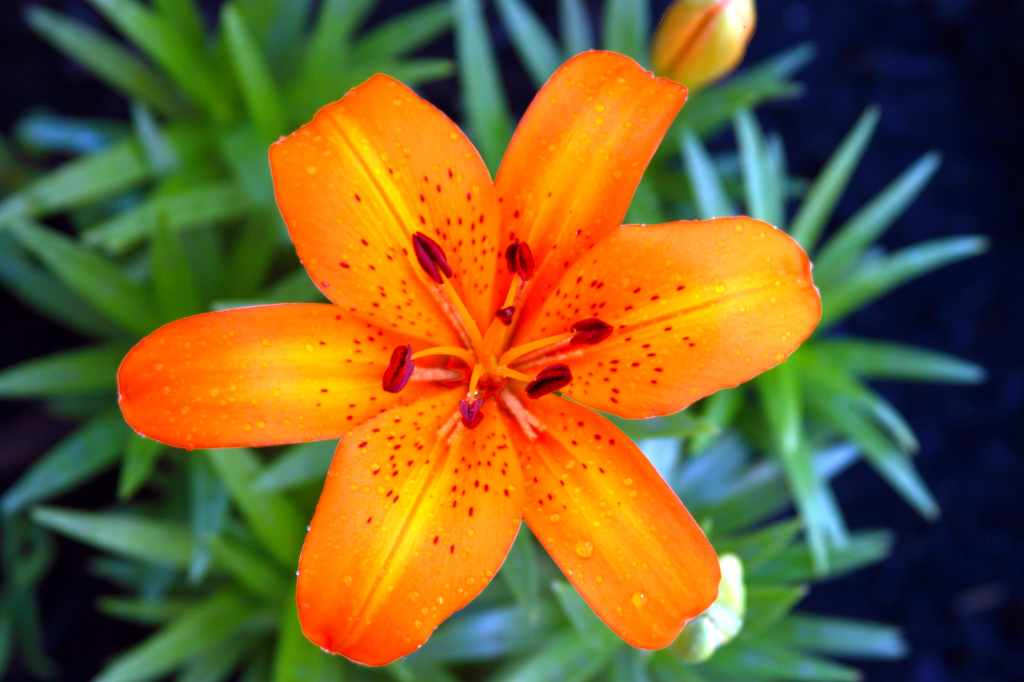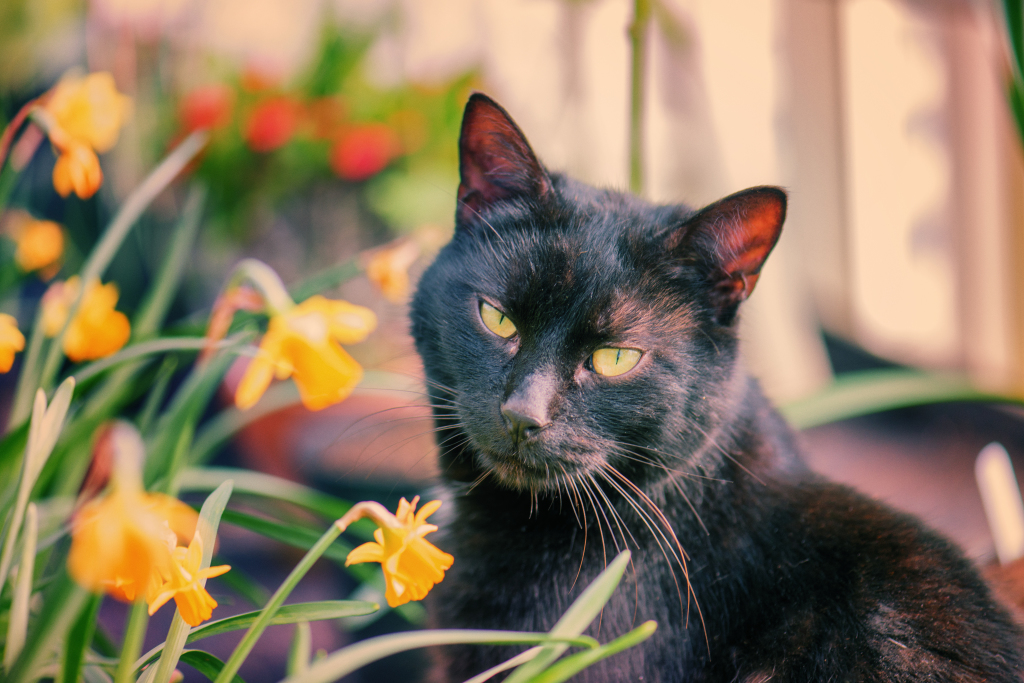
If spring is all about getting your lawn lush and healthy, summer is about keeping it that way as temperatures soar and rain becomes a distant memory. Plus, with all the time you’ve been spending outside, I bet your lawn is starting to show signs of wear in high-traffic areas.
Summer Lawn Care Tips
Summer lawn care doesn’t have to be a big chore. While you might not have much luck growing new grass in the middle of the summer, but you can take some simple steps to care for the lawn that you have. Here are some tips for keeping your lawn looking it’s best through the summer months without relying on harmful chemicals or abundant watering.
Smart grass selection
The first step in summer lawn care is choosing the right grass for your lawn. If you’re replacing or reseeding your lawn, first do a little research to make sure the grass you plant will do well in your yard. Consider your area’s natural average rainfall and the amount of sunlight your yard receives. You’ll also want to choose a type of grass that will thrive in your soil.
Wise watering
No matter where you are or how much rain you’re receiving, it’s always wise to water as little as possible. The amount of water lawns need varies by the type of grass you have and how hot it is. To keep track of how much water your lawn has been receiving, keep a rain gauge out to measure water received from rainfalls.
If your lawn needs to be water, water deeply and less frequently to encourage drought-tolerant roots. Early and late in the day are ideal times to water because you’ll lose less to evaporation.
Also, consider adding a rain barrel to your yard. Rain barrels capture roof rainwater that can be used for watering lawns and flowers.
Proper mowing
It seems people either love or hate mowing the lawn. No matter how you feel about it, when you mow, you should be doing it in the way that is healthiest for your grass. Raise your mower blades to keep your grass drought-tolerant. Longer grass also develops deeper roots and provides shade to prevent weed seeds from germinating.
Instead of bagging your lawn clippings, leaving them on the lawn to keep moisture levels steady.
Keep your blades sharp so that they cut the grass instead of tearing it, and mow regularly to prevent cutting more than a 1/3 of the grass at one time.
Protect high-traffic areas
If you’re starting to develop paths in your lawn in high-traffic areas, consider installing stepping stones or a sidewalk to reduce damage to your grass.
Control those weeds!
Summer is the time that weeds love to start blooming. Keep them under control and do you future-self a favor by removing them before they have a chance to disperse next year’s seeds. As tempting as it is to use chemicals on weeds, in the hotter months, chemicals can be damaging to already stressed lawns, and it’s better to pull any weeds that pop up.




 Contact 612-483-GOAT
Contact 612-483-GOAT